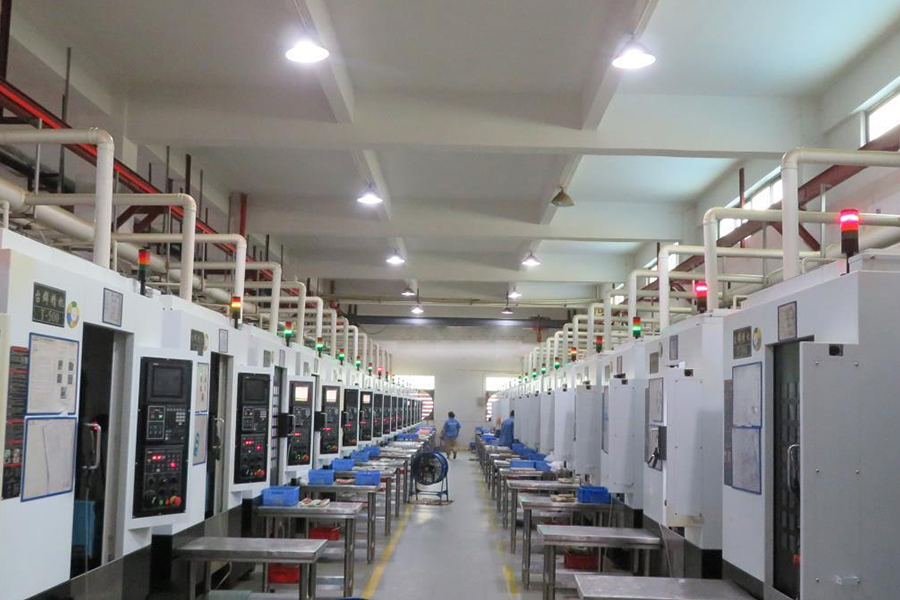How can we better control the cost of CNC machining? Let’s take a look at some suggestions from our many years of experience~
Equipment and machinery
How to choose the type of CNC machine: Various machining operations, including drilling, boring, turning and milling, are mostly performed on CNC lathes or CNC milling machines. At a time when efficiency is paramount, highly modern CNC machines can make parts cheaper to produce.
How to choose a tool for CNC machining: Tool cost also affects total equipment cost, with tool material, coating and geometry all important factors. For example, carbide tools are harder, more heat resistant and can withstand extreme speeds, and cost more than twice as much as tool steel tools.
Why CNC Milling is More Expensive: More complex moving parts enable more complex operations, and are of course harder to set up, operate and maintain. For example, the more axes a milling machine has, the higher the price. 5-axis machines can create very complex geometries more accurately and faster, and are certainly more expensive than 3-axis machines.
Setup cost
Setup costs include the cost of preparing for actual machining. All CNC machined parts start with a 3D model. 3D models are designed by design experts using CAD (Computer Aided Design) software. The resources required to create the 3D model to be manufactured account for a significant portion of the setup cost. In addition, the setup cost includes design optimization and preparation for the use of CAM (Computer Aided Manufacturing) for the model.
Material
How Material Prices Affect CNC Machining Costs: The material from which a part is made is one of the most important cost drivers. On top of that is the cost of the materials themselves, which often depend on their availability, desired properties and overall production costs. Metals are generally more expensive than other materials.
Machinability of materials: Materials with low machinability require more time and effort to machine, and in the world of CNC machining, time is money. The cost of machining a part is proportional to the time it takes to machine it. Difficult-to-machine materials also consume more resources, such as cutting fluids, electricity, and cutting tools.
Improve CAD design for CNC machining
Part design and geometry significantly impact CNC machining costs. The more complex the part, the more expensive it is to manufacture, as more advanced machinery is required, more machining time, multiple passes and multiple setups, more resources and closer inspection.
In CNC machining, certain part features and designs inevitably increase costs, such as sharp interior corners, thin walls, deep cavities, non-standard hole sizes and lettering, etc. Cost-inefficient features including these are the right thing to do if they’re not absolutely necessary. And certain design specifications (such as surface finish or tolerance options) may require multiple passes and inspections, incurring additional costs.
Manufacturing volume
Reduce CNC machining costs through high-volume manufacturing
As the number of parts increases, the unit cost of a set of identical parts decreases significantly. This proportional reduction in cost is the result of eliminating repetitive setup costs, where CAD design, CAM preparation and machine setup are all done in one go for all parts to be manufactured.
Finishing
CNC machined parts can be used directly after machining. But some applications require the part to undergo post-processing operations such as heat treatment, surface treatment and coating to improve its function, performance and aesthetics, all of which increase the price of the part.

